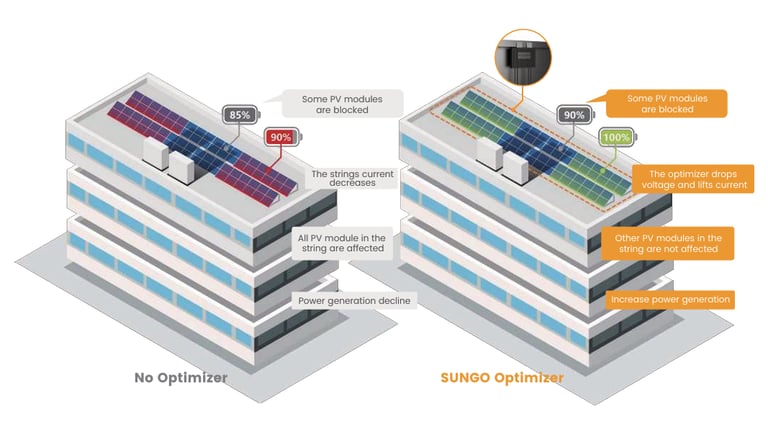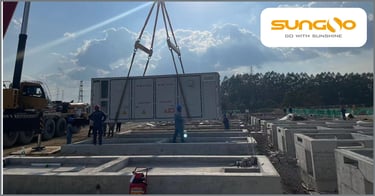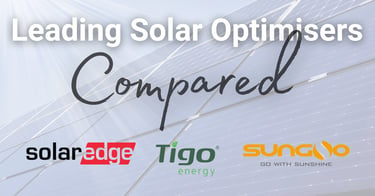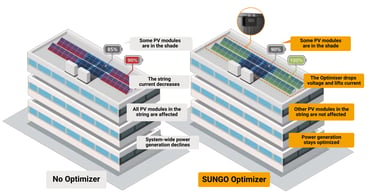Understanding Solar Optimisers
Understanding Solar Optimisers:
What They Are and Why You Need Them
As solar energy continues to gain momentum in the UK, the importance of optimising solar panel efficiency has never been more critical.
Solar optimisers are pivotal to achieving this and offer significant advantages that make them indispensable for modern solar energy systems.
This article delves into what solar optimisers are, why they are essential, and the current trends driving their adoption, focusing on the broader industry with references to leading brands such as SUNGO Energy.
What Are Solar Power Optimisers?
Solar optimisers are devices installed at the module level of a solar photovoltaic (PV) system.
Their primary function is to ensure each solar panel operates at its maximum power point (MPP), thereby enhancing the overall efficiency of the system.
By dynamically adjusting the electrical characteristics of each panel, optimisers can mitigate issues caused by shading, debris, or panel orientation differences, leading to a substantial increase in power generation.
The History of Solar Power Optimisers.
The concept of solar optimisation has evolved significantly since its inception. The technology began gaining traction in the early 2000s as solar energy systems became more widespread and the need for improved efficiency became apparent.
Initially, the focus was on centralised inverters, but the limitations of these systems, especially in handling shading and varying panel outputs, led to the development of module-level power electronics (MLPE) such as solar optimisers. These advancements have been crucial in enhancing the performance and reliability of solar PV systems.
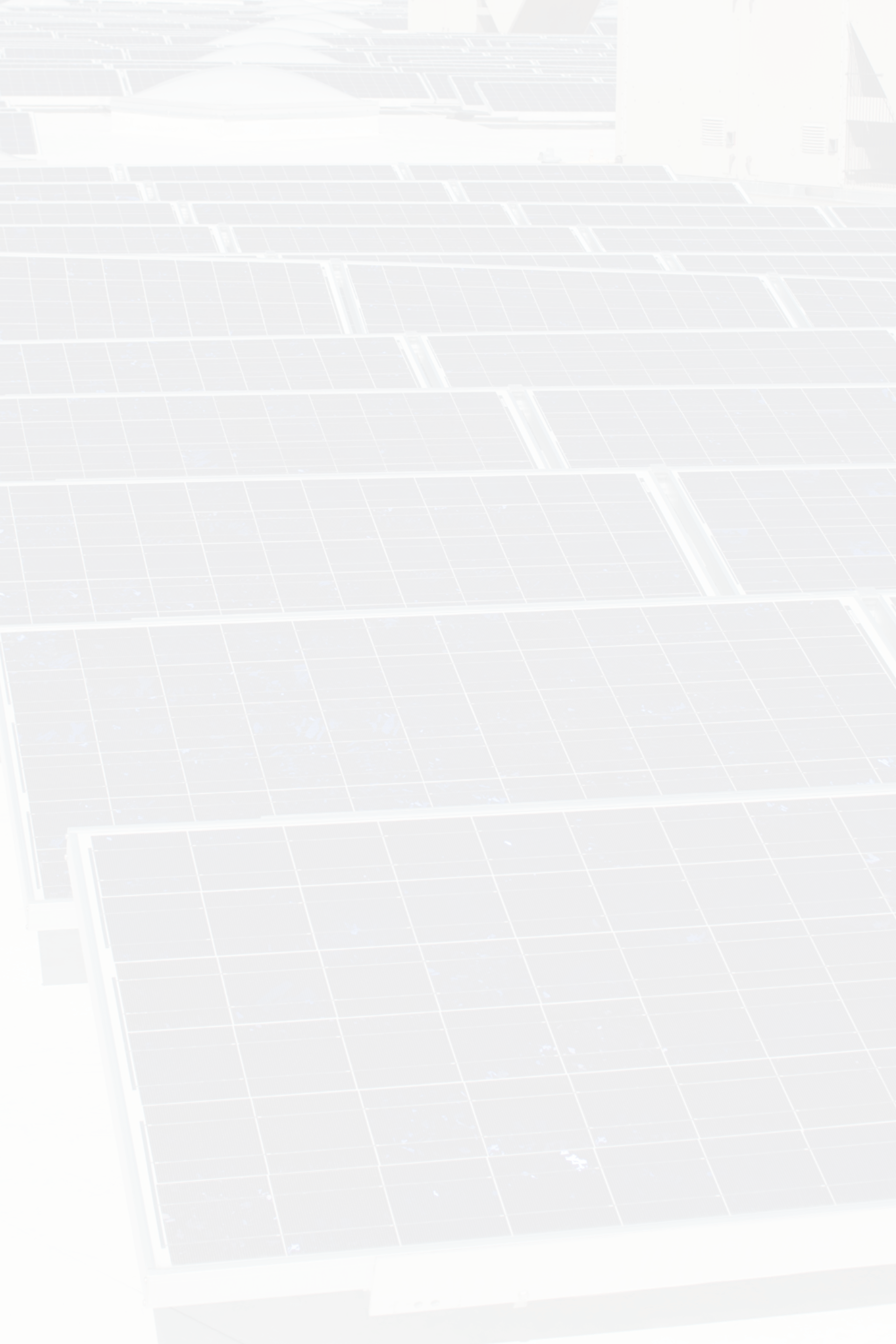
Why You Need Solar Power Optimisers
1. Increased Power Generation
One of the most compelling reasons to invest in solar optimisers is their ability to boost power generation. Optimisers, such as those produced by SUNGO Energy, can increase power output by up to 30%.
This is achieved through module-level Maximum Power Point Tracking (MPPT), which dynamically balances the variability in PV modules. Whether your panels face partial shading or have varied orientations, optimisers ensure that each panel contributes optimally to the system's output.
2. Enhanced Safety with Rapid Shutdown Technology
Safety is paramount in any electrical installation, and solar PV systems are no exception. Some optimisers, like those from SUNGO Energy, come equipped with advanced safety features, including rapid shutdown technology.
According to the US National Electrical Code (NEC) Article 690.12, rapid shutdown devices are required for PV systems installed on buildings to enhance safety during emergencies.
This regulatory requirement is expected to expand to most major markets over the next few years and the rapid shutdown feature is designed to provide vital protection against fire risks by monitoring heat and other parameters dynamically. If necessary, the system can quickly shut down to prevent potential hazards.
Rapid shutdown can be initiated in three ways:
> Manual Switch: A physical switch installed in an accessible location allows users or emergency responders to manually trigger a shutdown.
> Automatic Shutdown: Embedded sensors detect issues such as electrical faults, short circuits, or overheating and automatically trigger a shutdown.
> Remote Control: Integration with remote control or monitoring software enables users to initiate a shutdown from a remote location.
This comprehensive approach to safety not only complies with current regulations but also positions systems for future compliance as rapid shutdown adoption increases globally. Read more about the importance of rapid shutdown in this article here.
Their primary function is to ensure each solar panel operates at its maximum power point (MPP), thereby enhancing the overall efficiency of the system.
By dynamically adjusting the electrical characteristics of each panel, optimisers can mitigate issues caused by shading, debris, or panel orientation differences, leading to a substantial increase in power generation.
Current Trends Driving Solar Power Optimisers Growth
Several trends are driving the adoption of solar optimisers in the UK:
1. Regulatory Compliance and Safety Standards
As global best practices evolve, there is a growing emphasis on safety regulations for solar PV systems. The rapid shutdown feature is increasingly becoming a standard requirement, prompting many installers to incorporate optimisers that support this functionality. The trend towards more stringent safety standards is likely to continue, making rapid shutdown-capable optimisers a prudent investment.
2. Retrofitting Existing Systems
The UK has a significant amount of installed solar capacity that can benefit from the addition of optimisers. According to the Renewable Energy Guarantees of Origin (REGO) Register, there is over 13 GW of solar capacity already in place. Retrofitting these systems with optimisers can increase performance by up to 30%, translating to a substantial boost in electricity generation of almost 4GW.
The benefits are particularly applicable for systems experiencing issues with shading or panels installed at different orientations.
3. Universal Compatibility
Many optimisers manufacturers restrict compatibility to products that they manufacture only. SUNGO Energy is almost unique in offering open system compatibility, meaning that their optimisers can work with most inverters and most solar panel brands.
This flexibility makes them an attractive option for both new installations and upgrades, ensuring seamless integration with existing or planned components.
4. Smart Management and Monitoring
Modern solar energy systems increasingly rely on intelligent management and monitoring tools. The most sought after optimisers are those equipped with smart management systems that provide real-time, module-level data accessible via iOS and Android devices.
This feature simplifies operation and maintenance, offering comprehensive control over power station operations, remote fault analysis, and reduced O&M costs.
5. Return on Investment (ROI)
Investing in solar optimisers offers a promising return on investment. The typical ROI period for solar optimisers is around 3 to 5 years, depending on system size and site conditions.
Given the increased power generation and enhanced safety features, the initial investment is often recouped through energy savings and reduced maintenance costs.
Get Started Today! To find out more about how SUNGO Energy can support your renewable energy needs, please call SUNGO Energy UK on 0330 122 6559 or use our Contact Form.
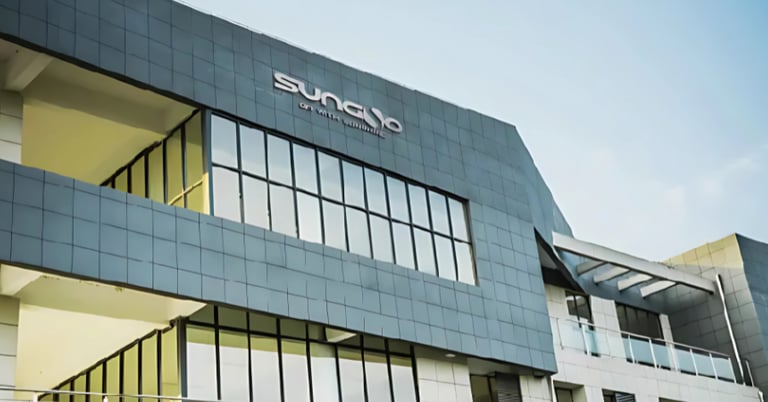

About SUNGO Energy
SUNGO Energy was established in 2016 and is global manufacturer of Smart Solar Power Optimisers with Rapid Shutdown, Battery Energy Storage Systems (BESS/ESS), Remote PV Solar System Performance Optimisation & Monitoring solutions and related products.
SUNGO Energy has its worldwide headquarters in Suzhou, China (near Shanghai), supported by SUNGO Energy offices in the UK, EU, Japan and the USA, with a global network of distributors and partner organisations.
Please download the SUNGO Energy company overview and/or Contact Us to learn more.

